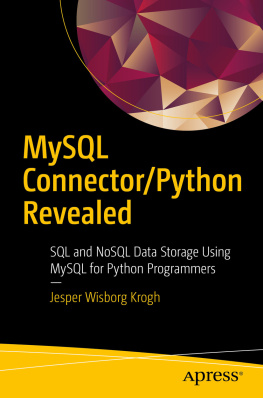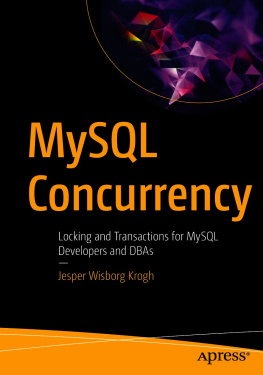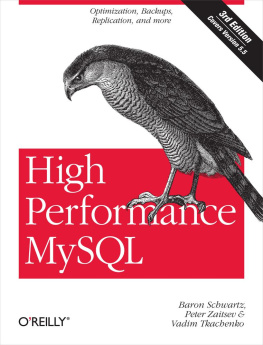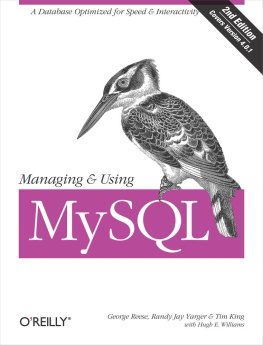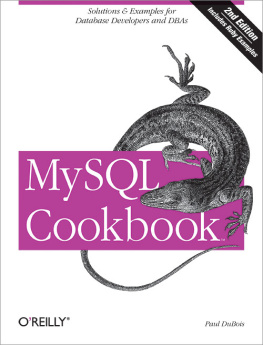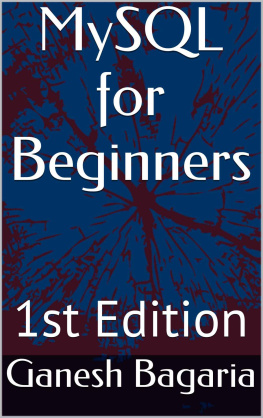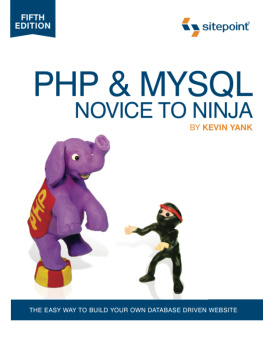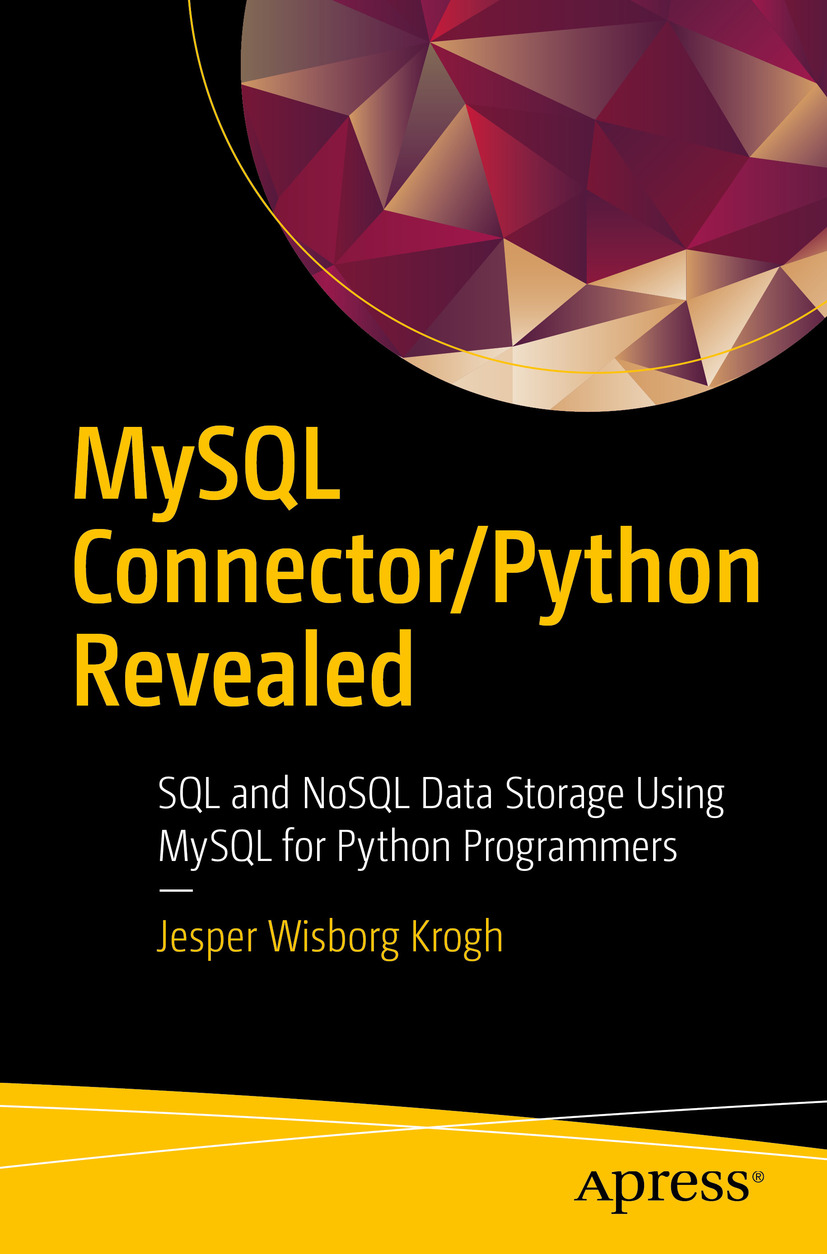Jesper Wisborg Krogh - MySQL Connector/Python Revealed: SQL and NoSQL Data Storage Using MySQL for Python Programmers
Here you can read online Jesper Wisborg Krogh - MySQL Connector/Python Revealed: SQL and NoSQL Data Storage Using MySQL for Python Programmers full text of the book (entire story) in english for free. Download pdf and epub, get meaning, cover and reviews about this ebook. year: 2018, publisher: Apress, genre: Computer. Description of the work, (preface) as well as reviews are available. Best literature library LitArk.com created for fans of good reading and offers a wide selection of genres:
Romance novel
Science fiction
Adventure
Detective
Science
History
Home and family
Prose
Art
Politics
Computer
Non-fiction
Religion
Business
Children
Humor
Choose a favorite category and find really read worthwhile books. Enjoy immersion in the world of imagination, feel the emotions of the characters or learn something new for yourself, make an fascinating discovery.
- Book:MySQL Connector/Python Revealed: SQL and NoSQL Data Storage Using MySQL for Python Programmers
- Author:
- Publisher:Apress
- Genre:
- Year:2018
- Rating:4 / 5
- Favourites:Add to favourites
- Your mark:
MySQL Connector/Python Revealed: SQL and NoSQL Data Storage Using MySQL for Python Programmers: summary, description and annotation
We offer to read an annotation, description, summary or preface (depends on what the author of the book "MySQL Connector/Python Revealed: SQL and NoSQL Data Storage Using MySQL for Python Programmers" wrote himself). If you haven't found the necessary information about the book — write in the comments, we will try to find it.
Move data back and forth between database and application. The must-have knowledge in this book helps programmers learn how to use the official driver, MySQL Connector/Python, by which Python programs communicate with the MySQL database.
This book takes you from the initial installation of the connector through basic query execution, then through more advanced topics, error handing, and troubleshooting. The book covers both the traditional API as well as the new X DevAPI. The X DevAPI is part of MySQL 8.0 and is an API that can be used with connectors for several programming languages and is used from the command-line interface known as MySQL Shell. You will learn to use the connector by working through code examples and following a discussion of how the API calls work.
By the end of the book, you will be able to use MySQL as the back-end storage for your Python programs, and youll even have the option of choosing between SQL and NoSQL interfaces.
What Youll Learn
Install MySQL Connector/Python
Connect to MySQL and configure database access
Execute SQL and NoSQL queries from your Python program
Trap errors and troubleshoot problems
Store data from different languages using MySQLs character set support
Work in the X DevAPI that underlies all of MySQLs language connectors
Who This Book Is For
Developers familiar with Python who are looking at using MySQL as the back-end database. No prior knowledge of Connector/Python is assumed, but readers should be familiar with databases and the Python programming language.
Jesper Wisborg Krogh: author's other books
Who wrote MySQL Connector/Python Revealed: SQL and NoSQL Data Storage Using MySQL for Python Programmers? Find out the surname, the name of the author of the book and a list of all author's works by series.

